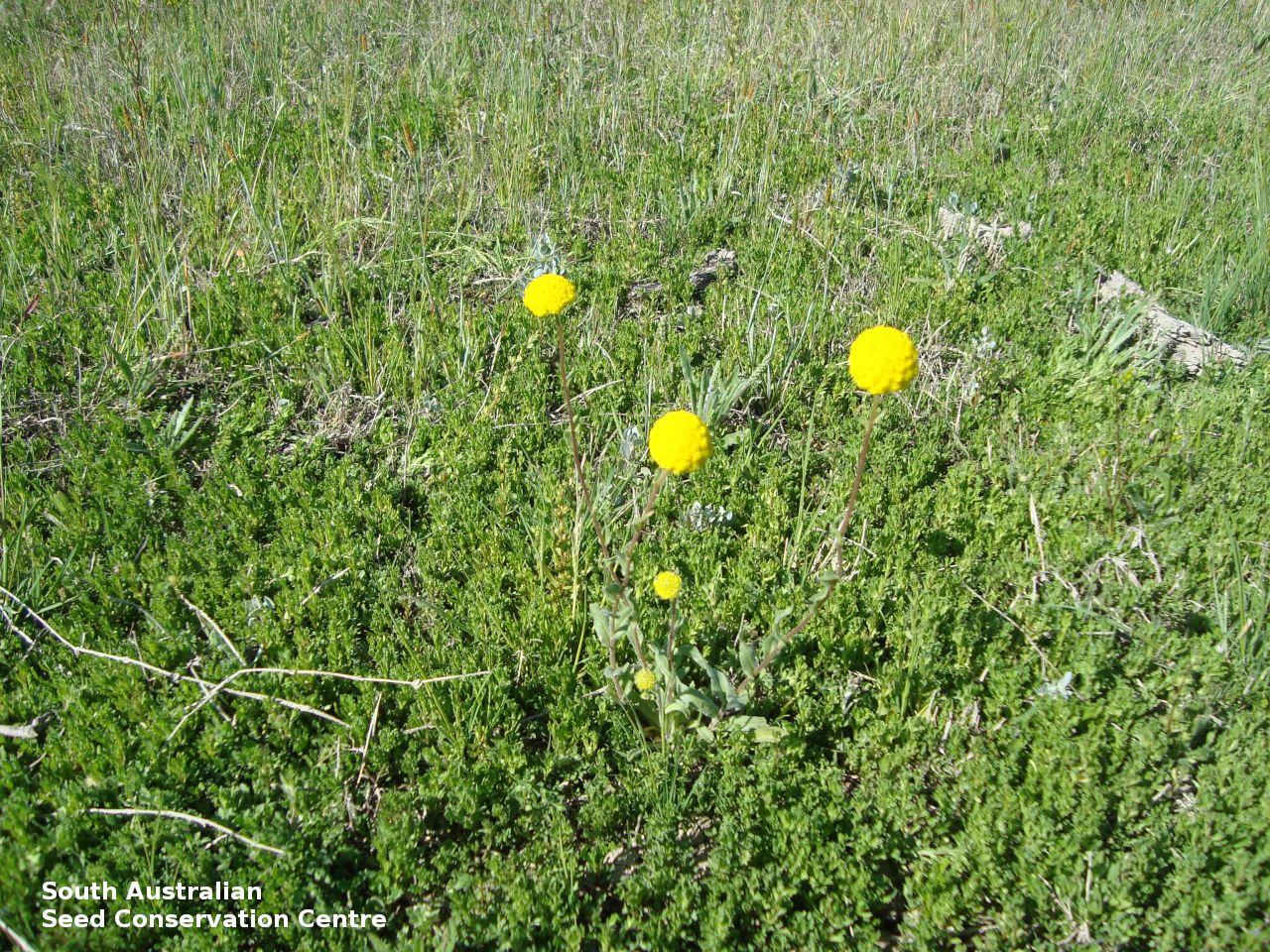
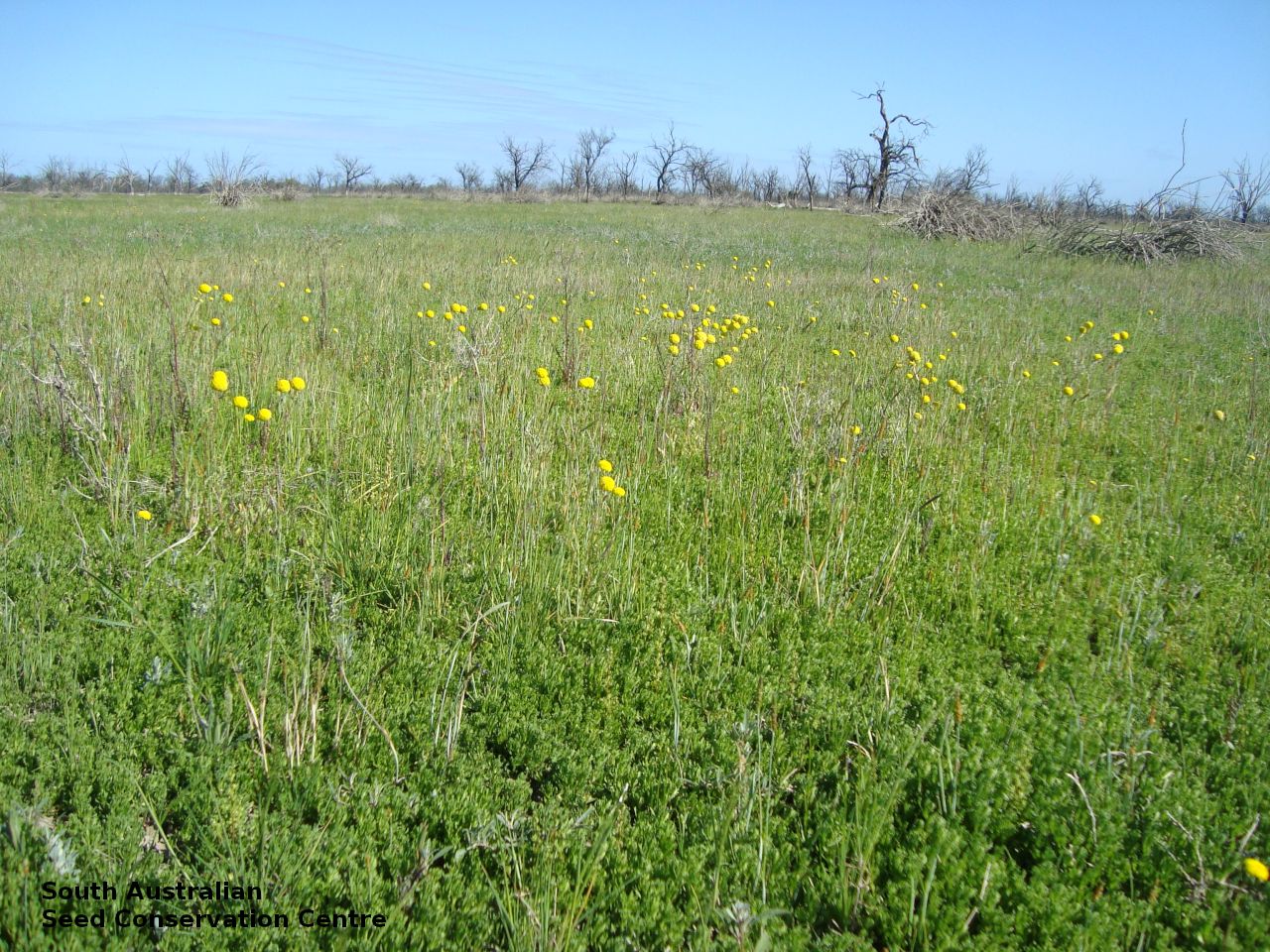
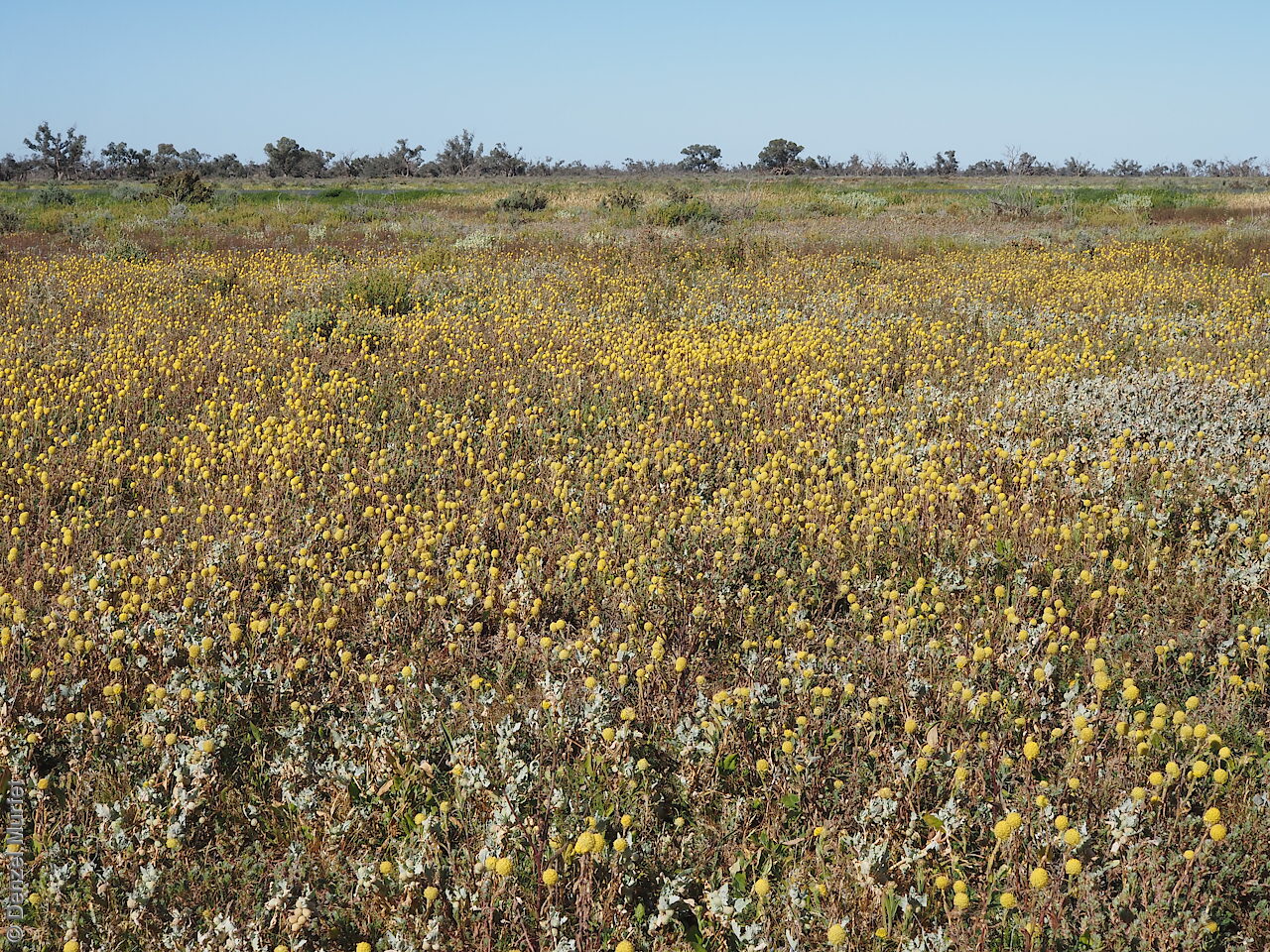
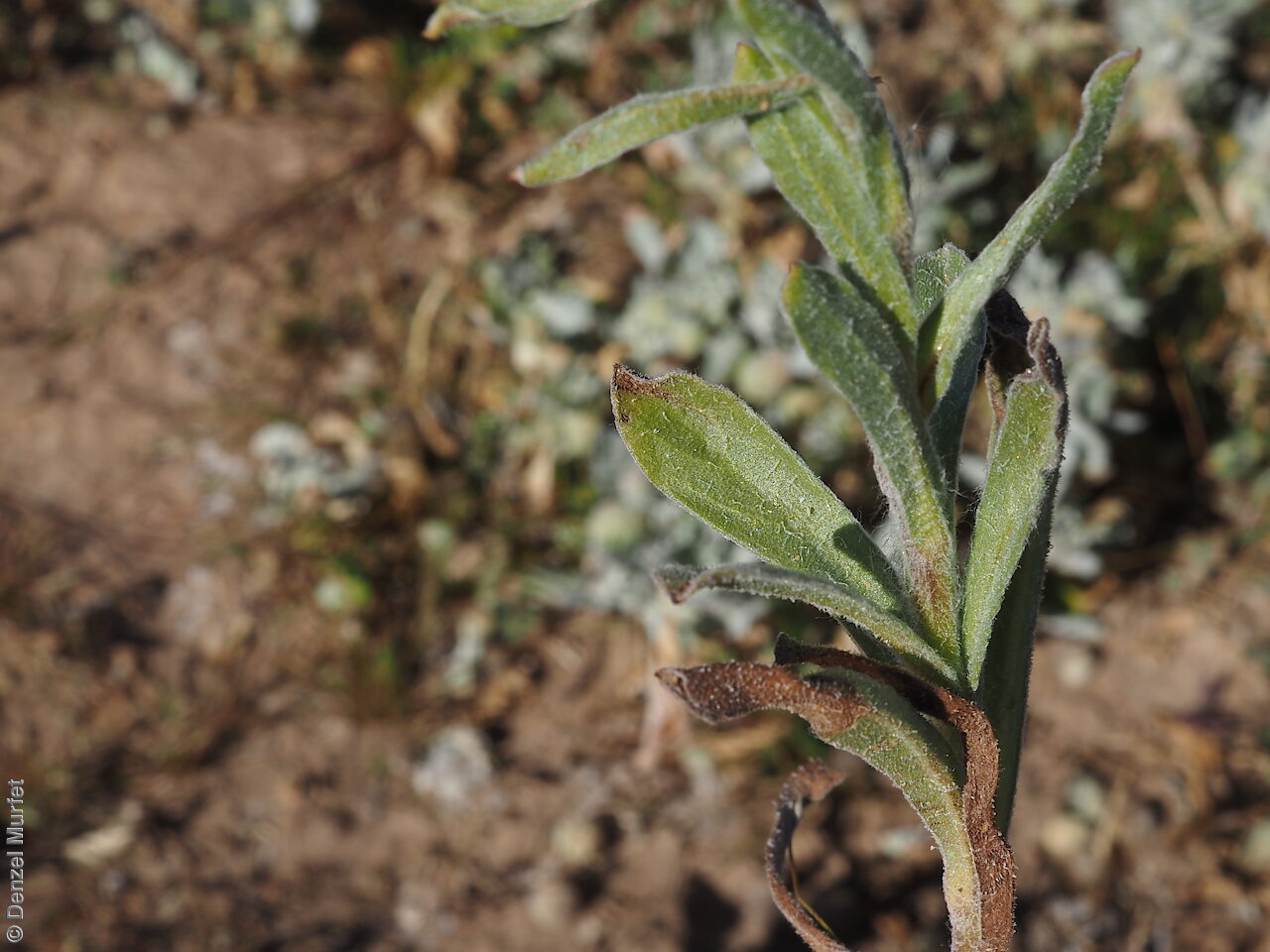
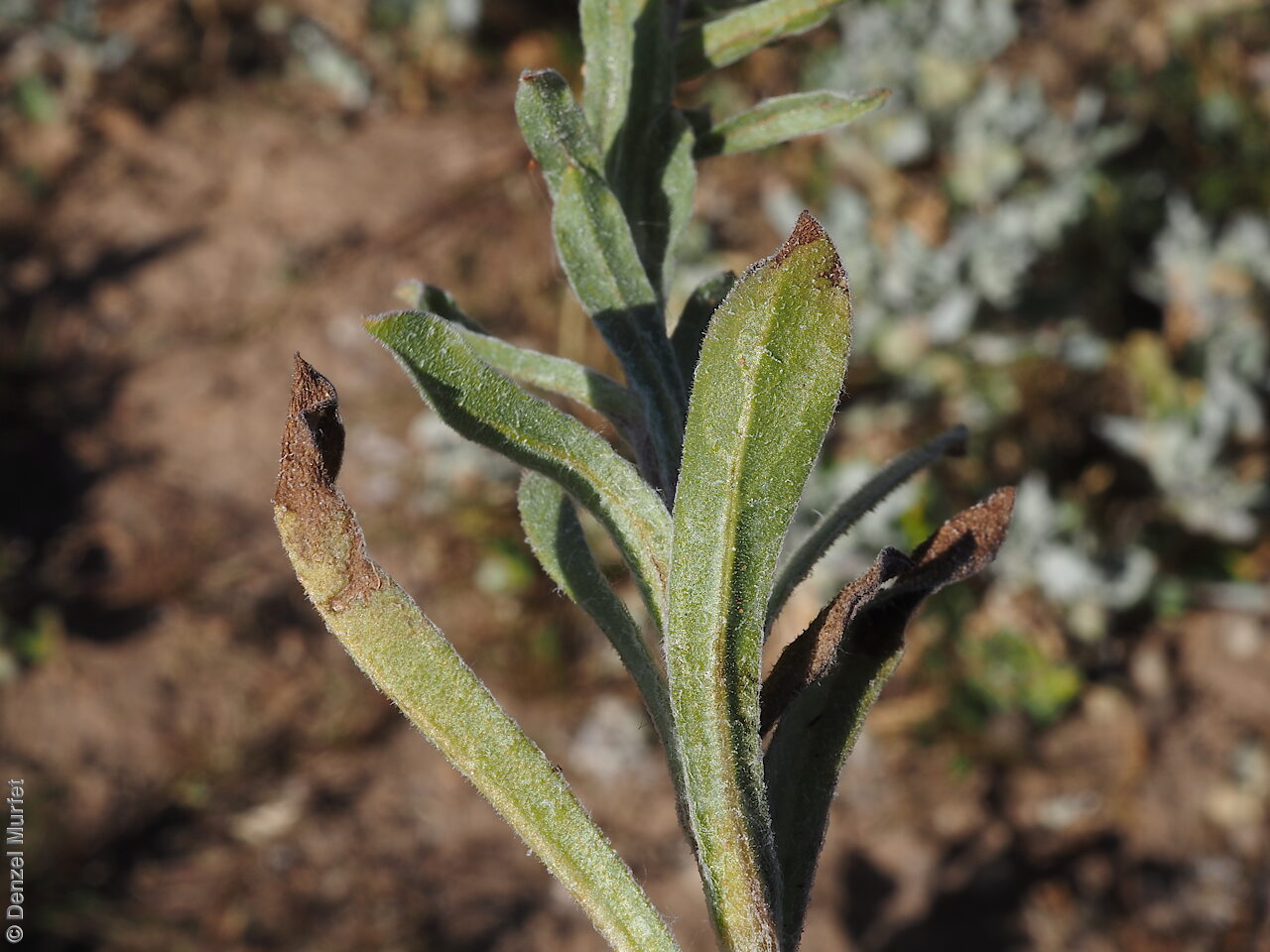
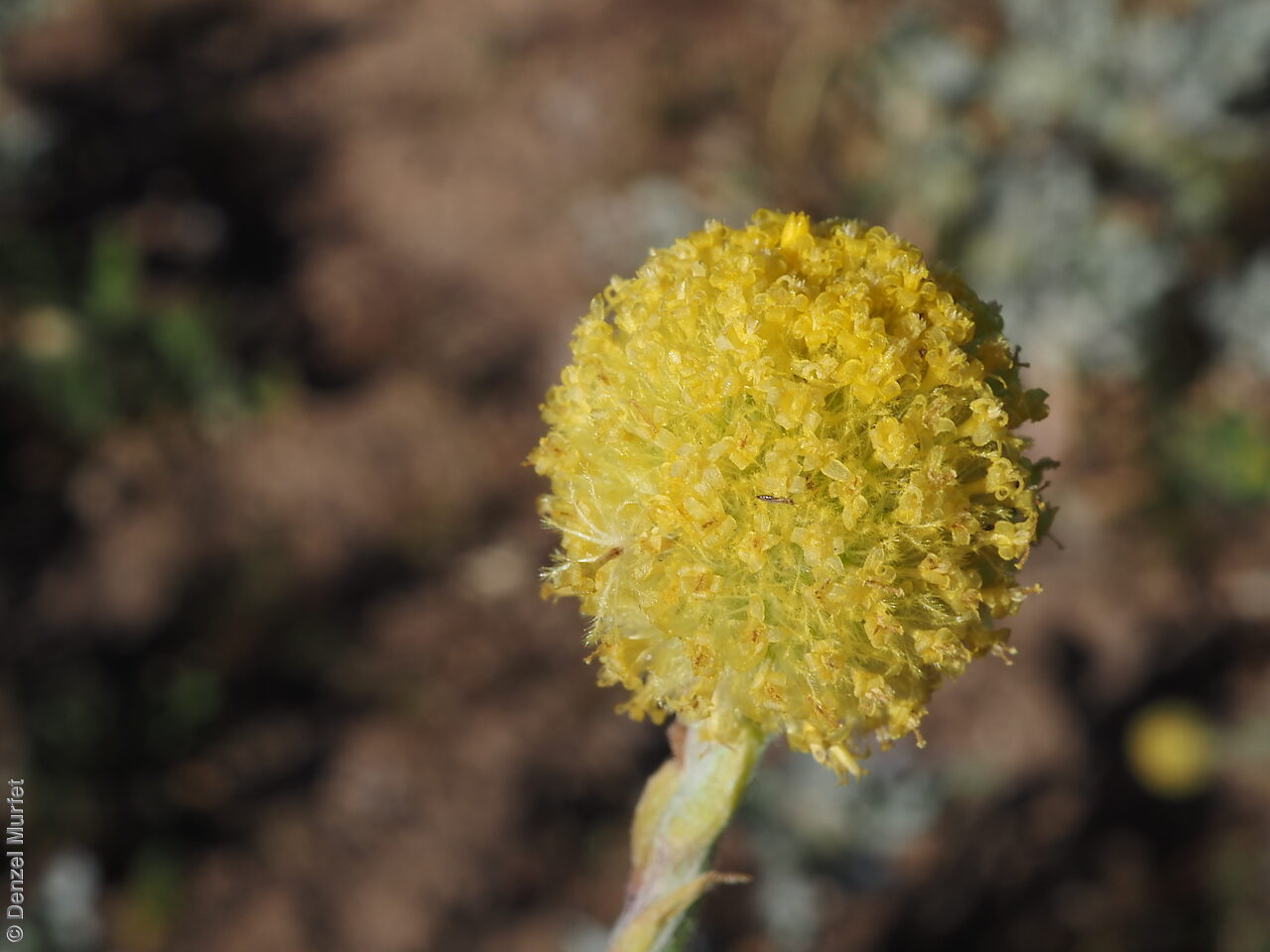
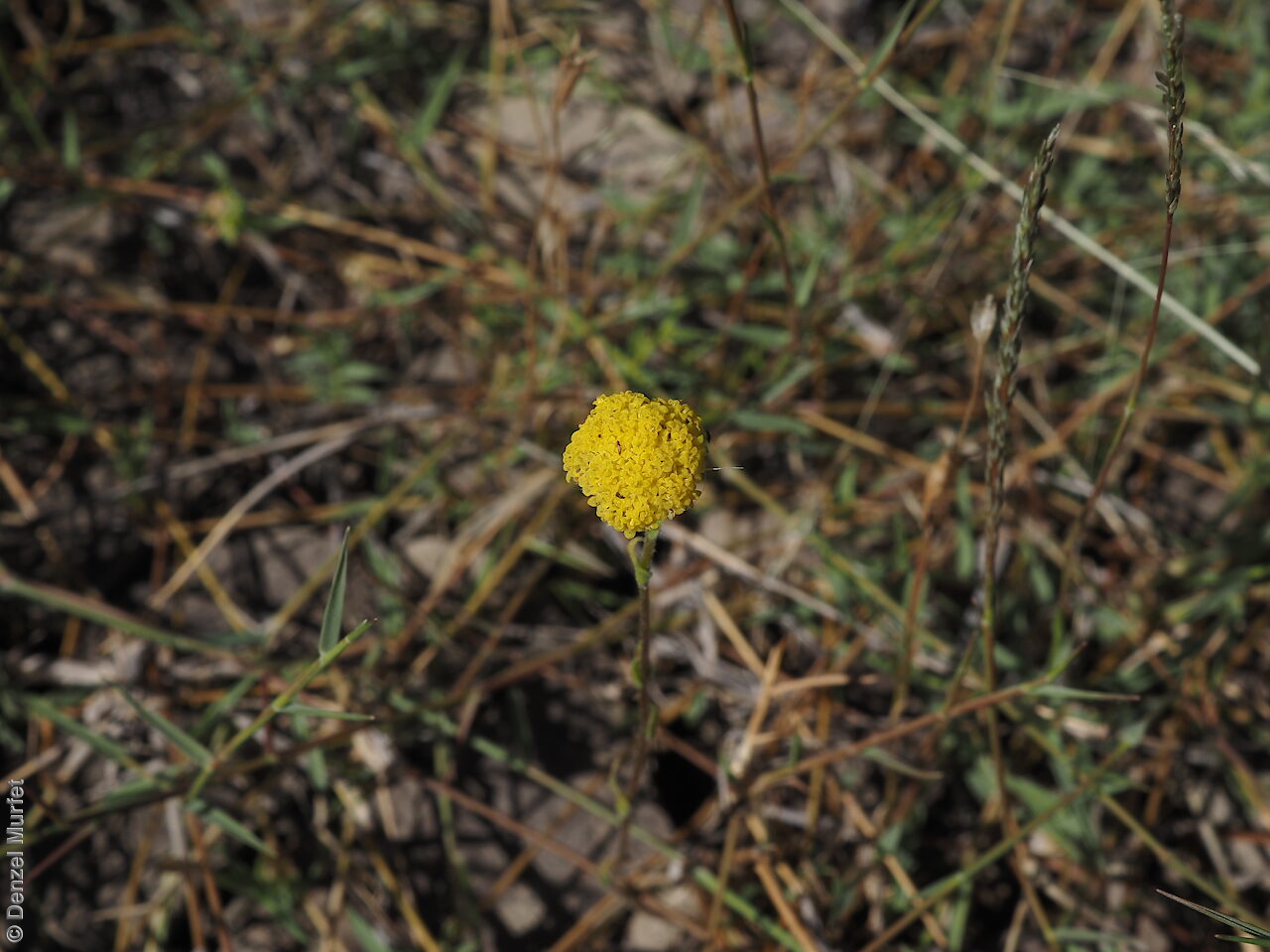
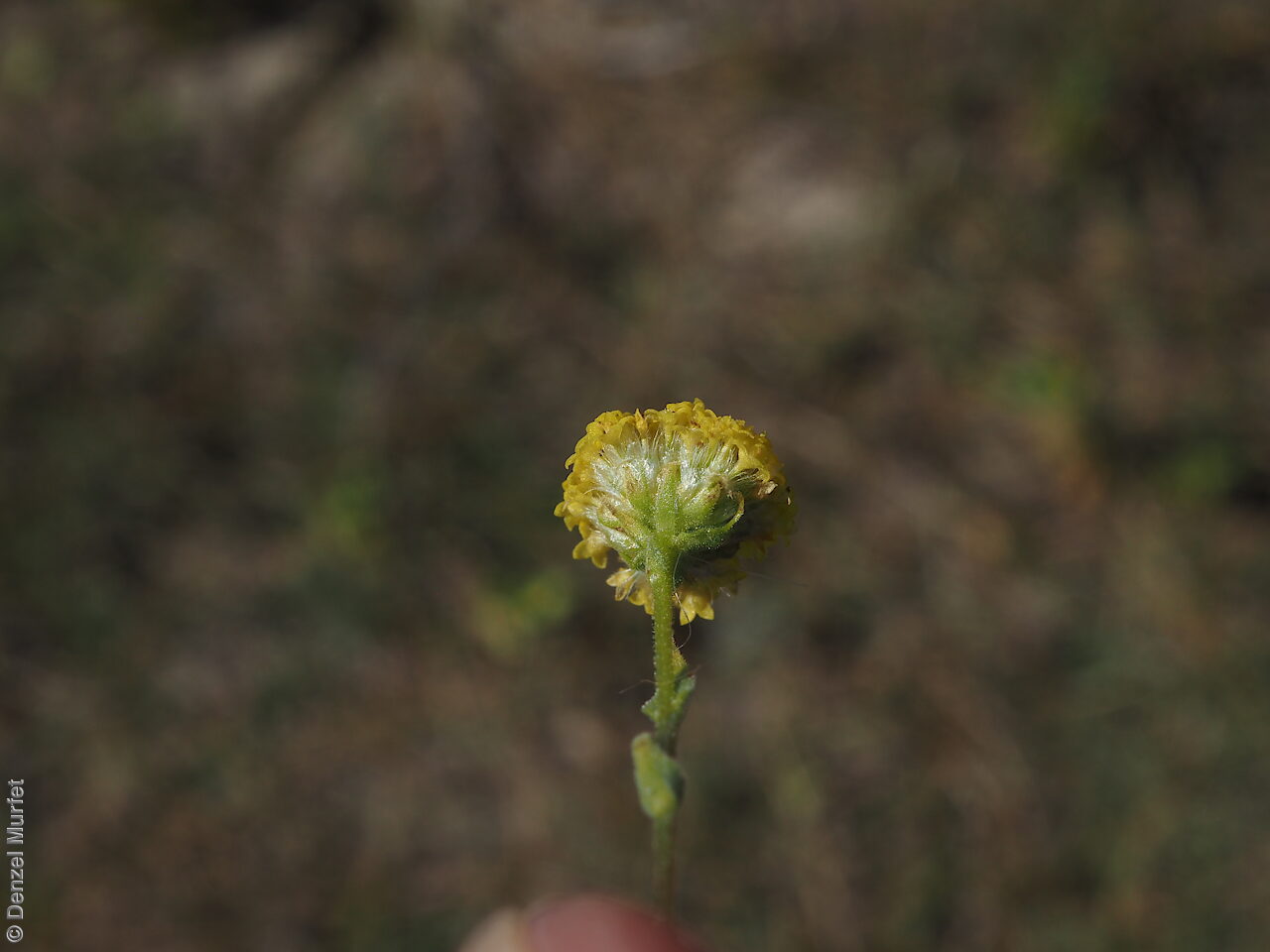
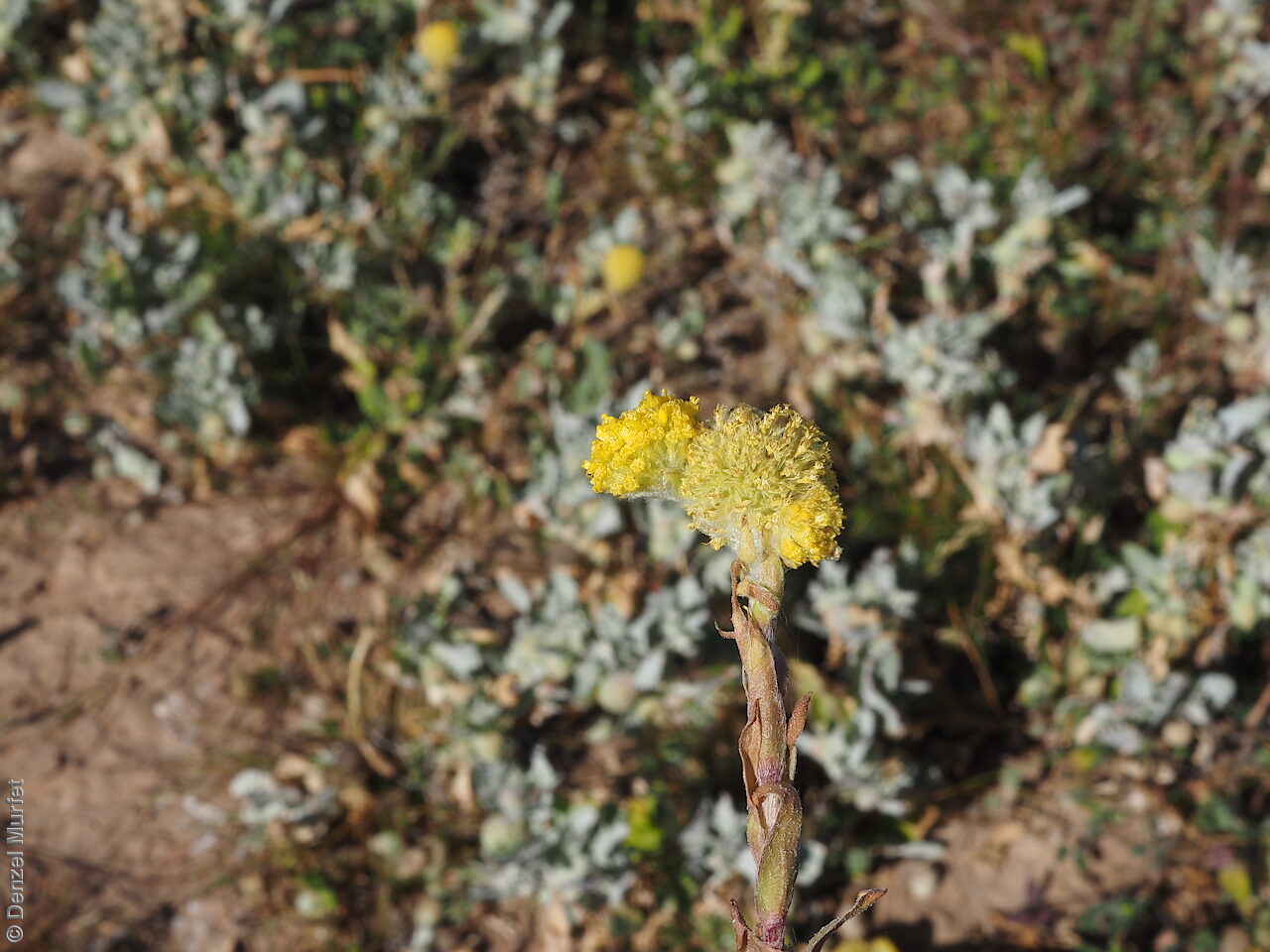
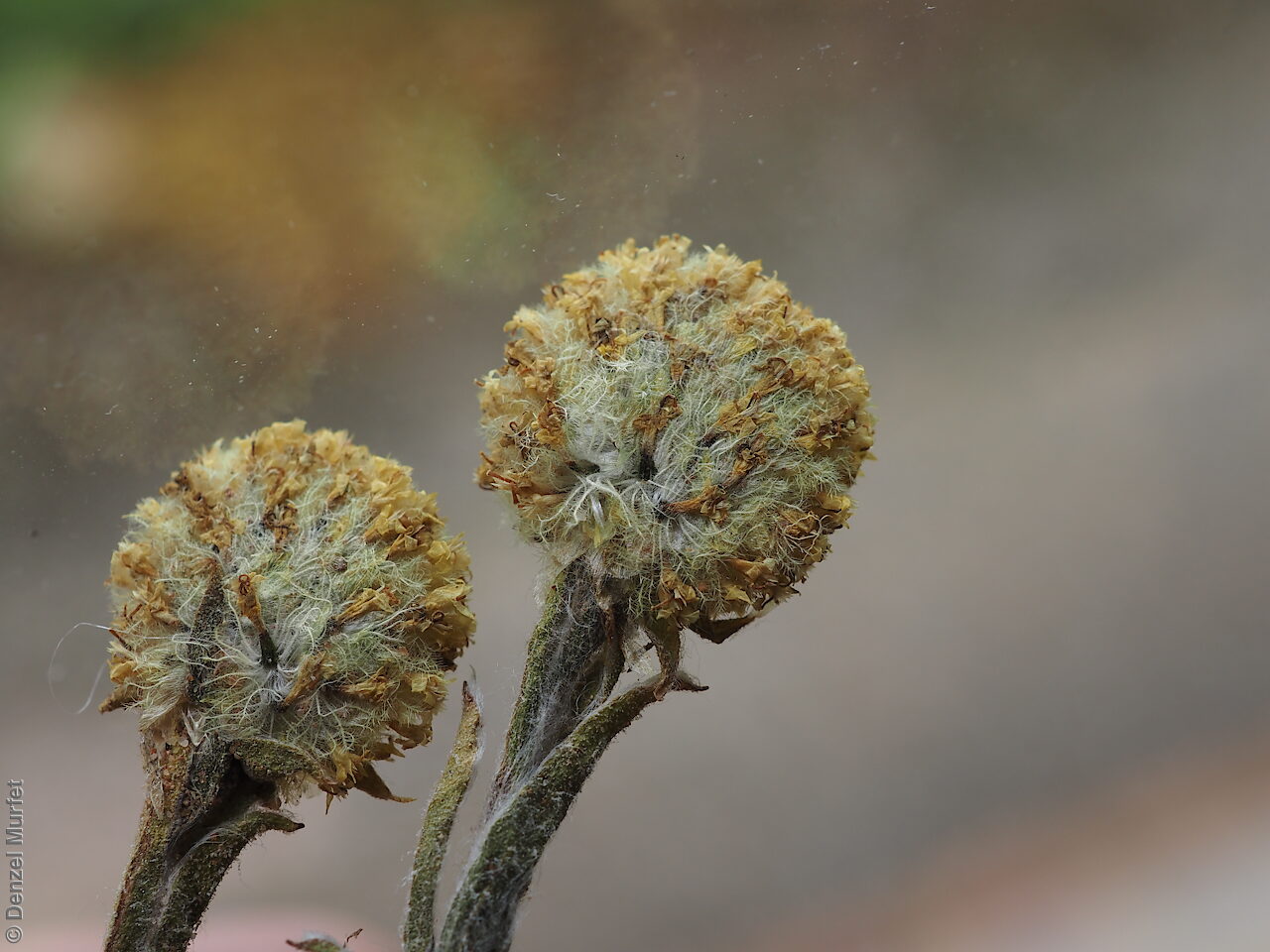
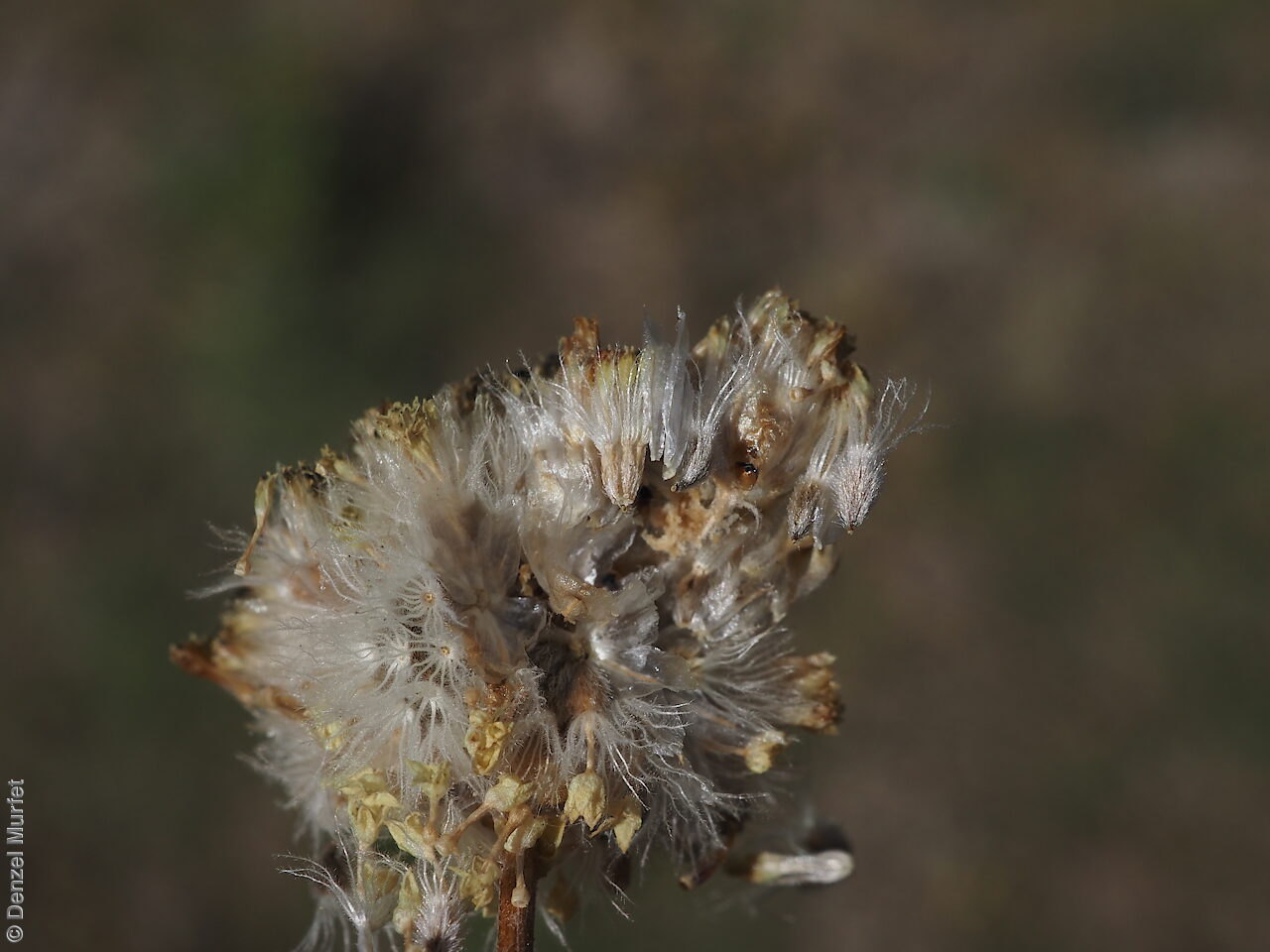
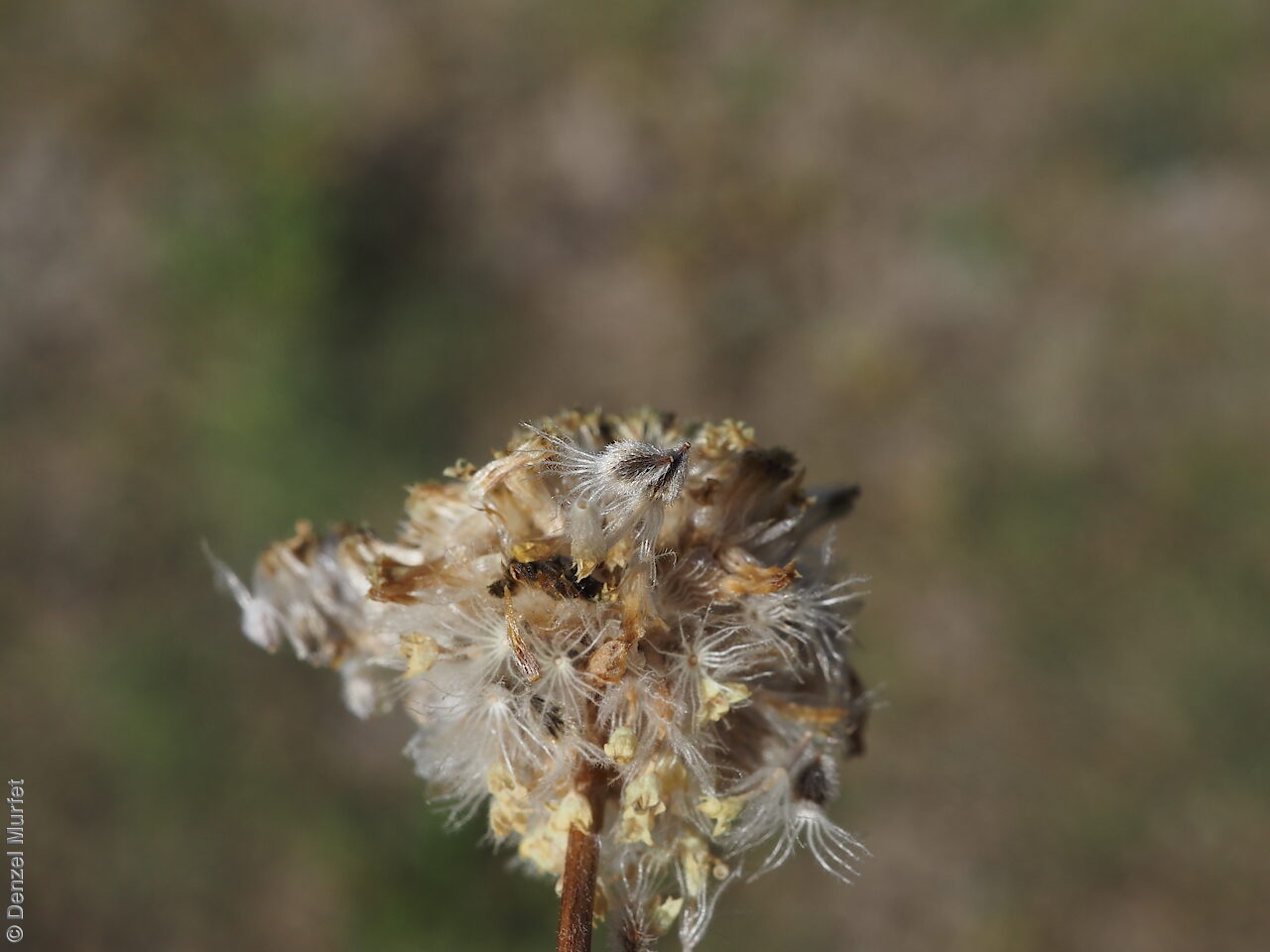

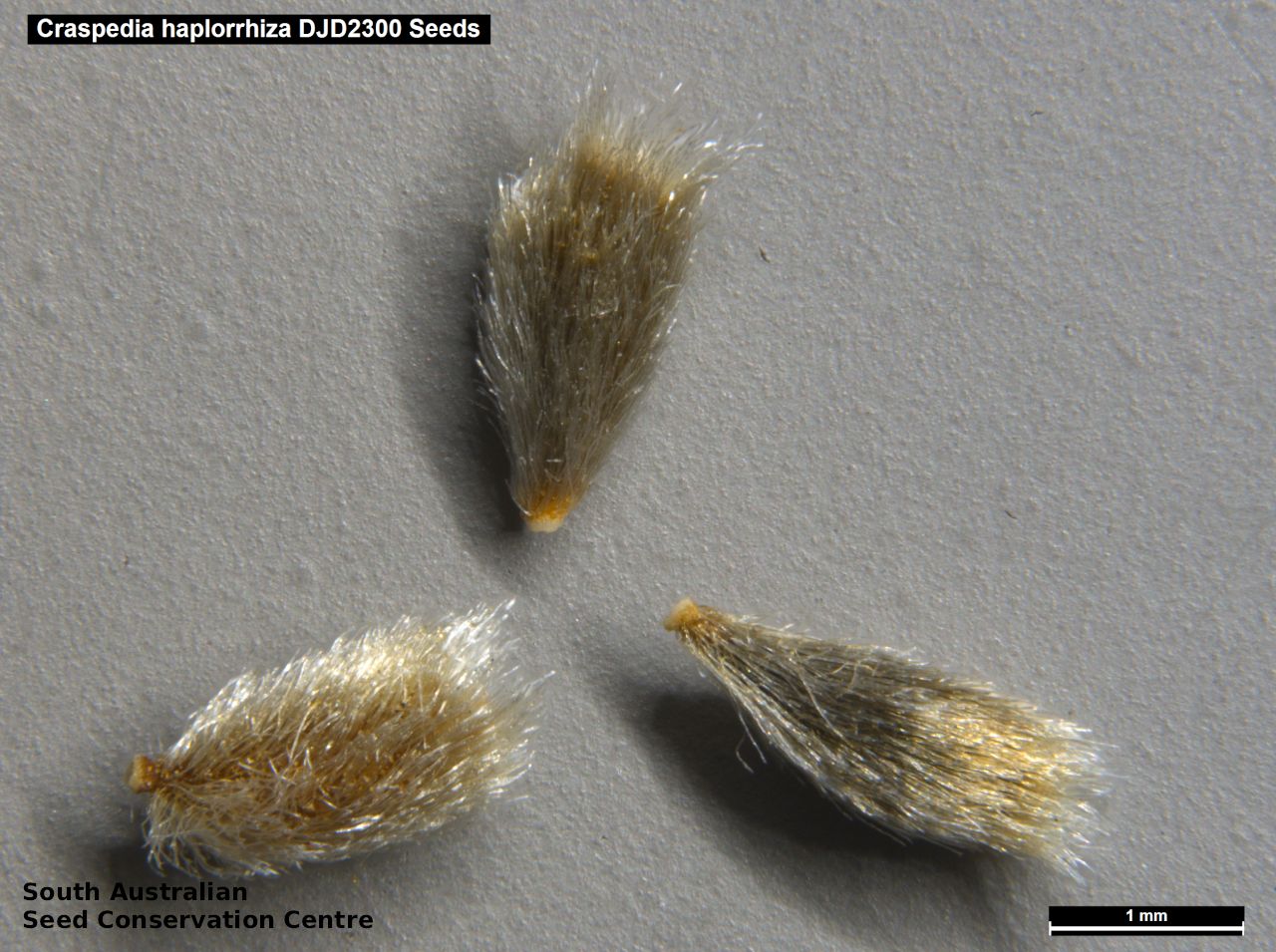
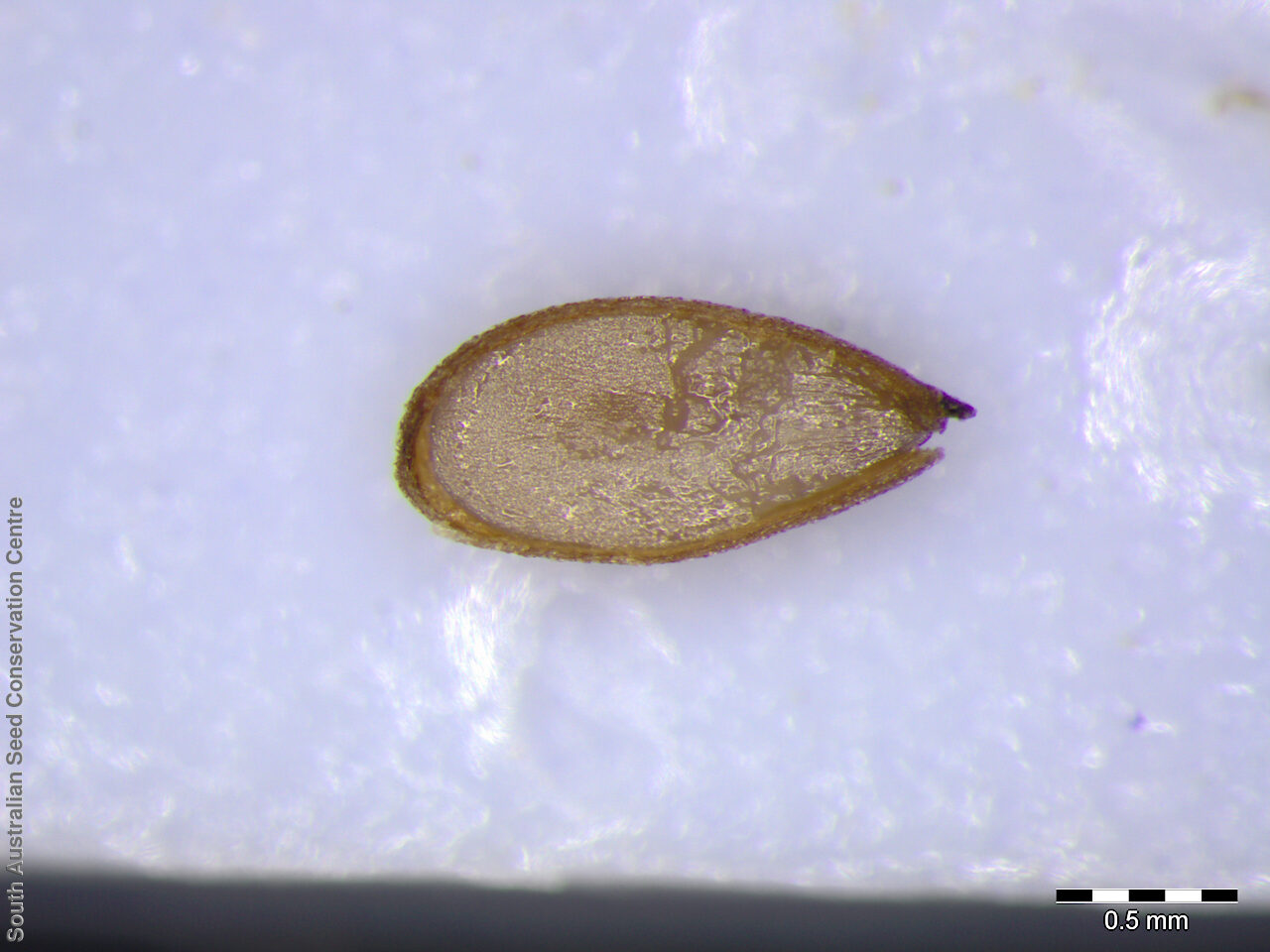
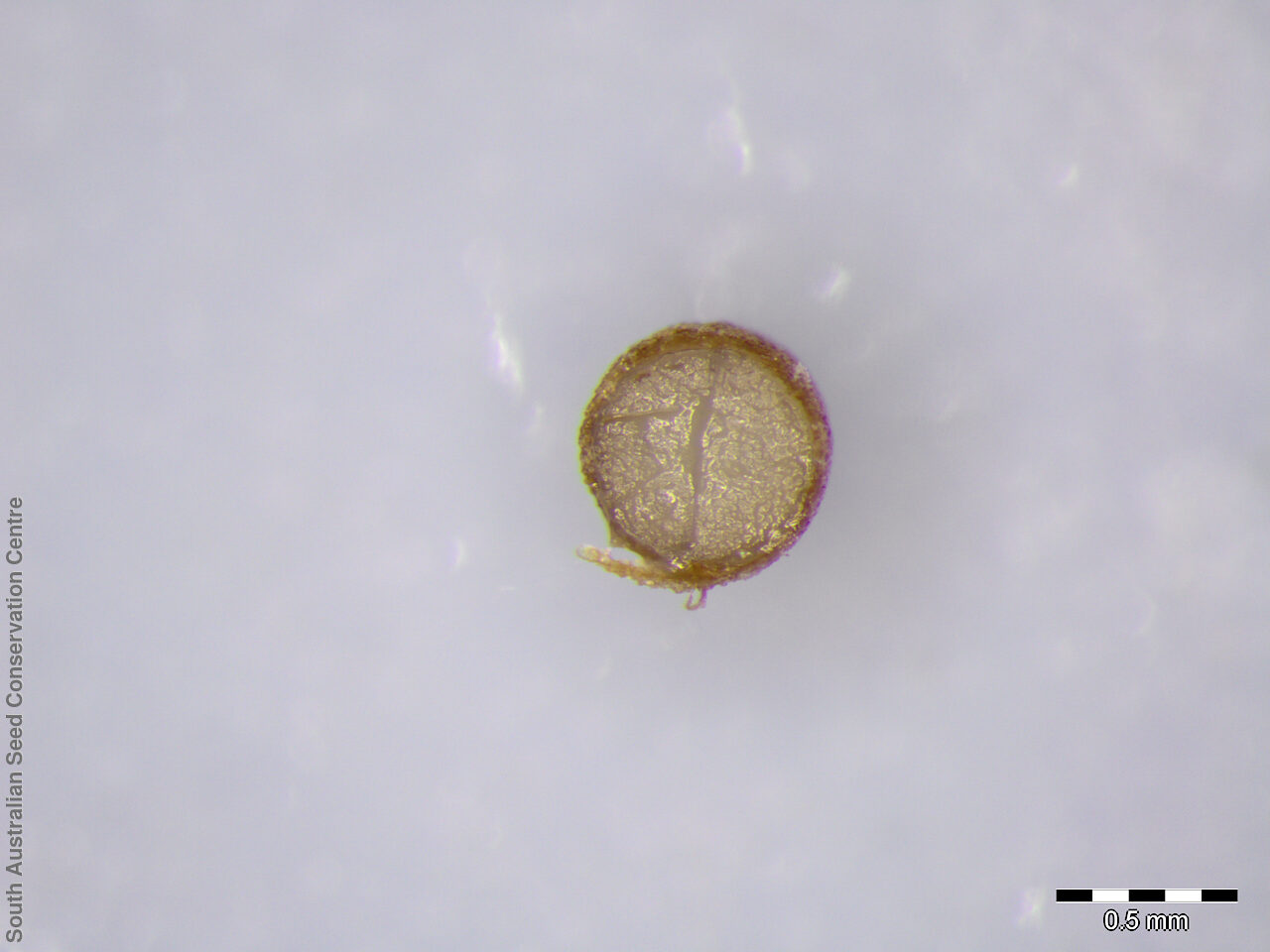

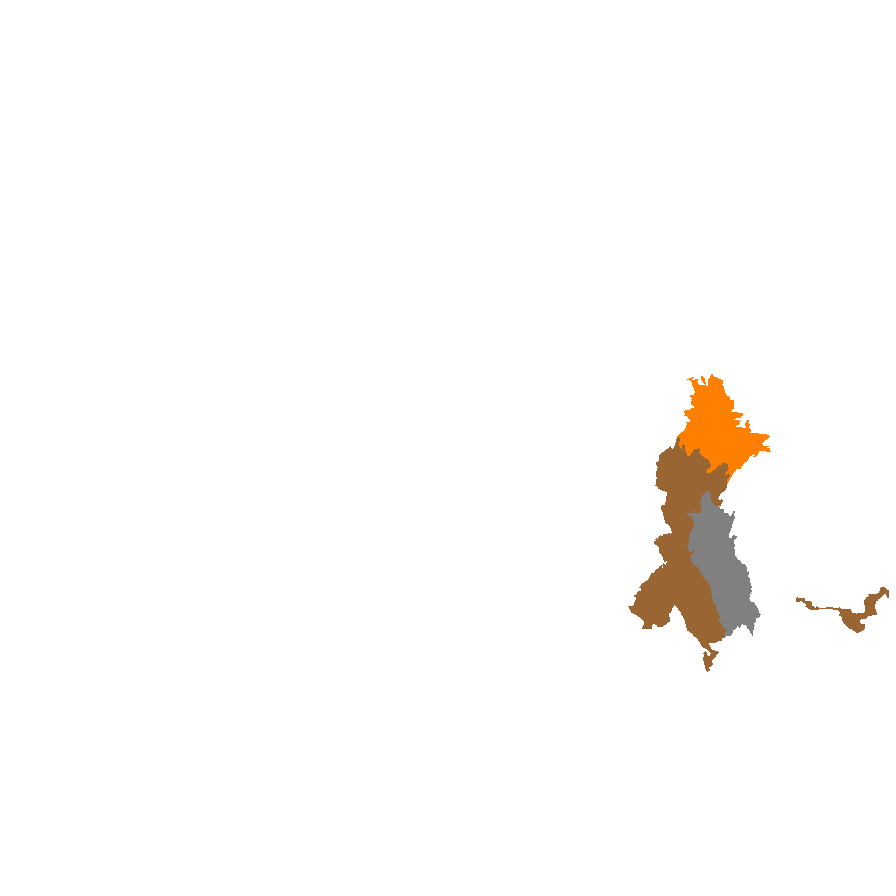
Prior names
Craspedia uniflora
Craspedia richea, nom.illeg., partly
Craspedia glauca, partly
Common names
Plains Billy-buttons
Billy-buttons
Bachelor Buttons
Etymology
Craspedia from the Greek 'kraspedon' meaning a hem or border, referring to the woolly fringes on the leaves of the type species or the feathery pappus of some species. Haplorrhiza from the Greek 'haploos' meaning single and 'rhiza' meaning root.
Distribution and status
Found in the southern Flinders Ranges, Mount Lofty Ranges and along the Murray in South Australia, growing on heavy soils on floodplains. Also found in Western Australia, Queensland, New South Wales and Victoria. Native. Uncommon in South Australia. Rare in Western Australia and Queensland. Uncommon in Victoria. Common in New South Wales.
Herbarium regions: Flinders Ranges, Northern Lofty, Murray
AVH map: SA distribution map (external link)
Plant description
Erect annual herb to 15 cm high. Leaves basal and cauline; spathulate to oblanceolate to 8 cm long and 12 mm wide; pale green, with glandular hairs and multi-septate hairs and woolly margin. Flower-heads solitary, globular or depressed-globular to 4 cm in diameter, yellow. Flowering between July and December. Fruits are yellow-white, globular daisy-head. Seeds are brown ovoid seed to 2.5 mm long and 1 mm wide, covered in white hairs. Seed embryo type is spatulate fully developed.
Seed collection and propagation
Collect seeds between October and January. Collect heads that are drying off, fluffy and turning yellow-white with hard brown seeds. Pick off whole heads or pluck off mature seeds with your fingers. Place the heads in a tray and leave to dry for one to two weeks. Then rub the heads gently by hand to dislodge the seeds. Use a sieve to separate the unwanted material. Store the seeds with a desiccant such as dried silica beads or dry rice, in an air tight container in a cool and dry place. From one collection, the seed viability was high, at 98%. Seeds are non-dormant, viable seed should germinate readily.
| Location | No. of seeds (weight grams) | Number of plants | Date collected | Collection number Collection location | Date stored | % Viability | Storage temperature |
|---|---|---|---|---|---|---|---|
| MSB | 2,700 (2.42 g) | 20-30 | 1-Nov-2006 | RJB70175 Murray | |||
| BGA | 33,000 (12.5 g) | 50+ | 20-Oct-2011 | DJD2300 Murray | 1-Nov-2012 | 98% | -18°C |
Number of plants: This is the number of plants from which the seeds were collected.
Collection location: The Herbarium of South Australia's region name.
% Viability: Percentage of filled healthy seeds determined by a cut test or x-ray.